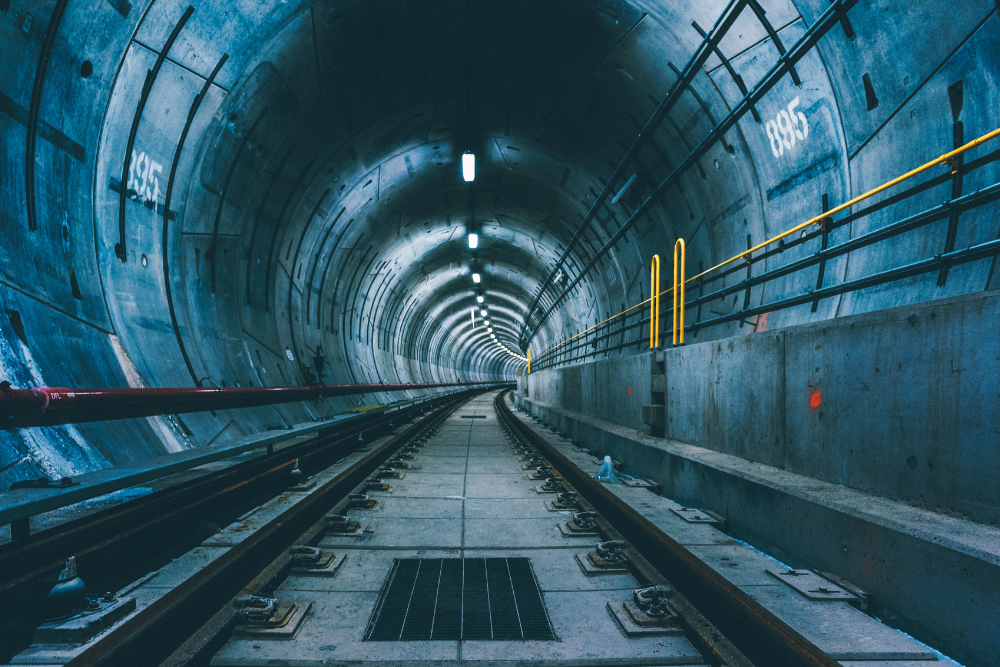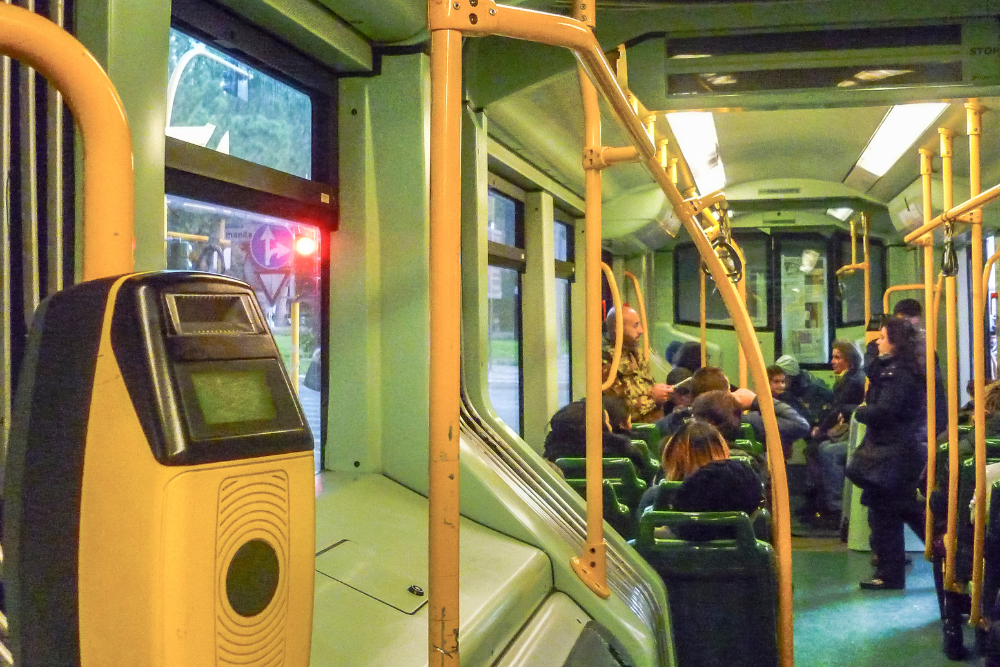Italy’s train system is one of the most efficient and scenic ways to travel around the country. Whether you’re hopping between major cities like Rome and Florence, or exploring the picturesque countryside, the train offers comfort, speed, and convenience. However, navigating Italy’s train system can be overwhelming if you’re not familiar with the process. To help make your journey smoother, here are some essential tips for navigating Italy’s train system.
1. Understand the Types of Trains

Italy’s train network offers several types of trains, each with its own speed, comfort, and price range. Understanding these types can help you choose the right one for your trip.
- Frecciarossa, Frecciargento, and Frecciabianca: These are the high-speed trains operated by Trenitalia, Italy’s main rail company. They are fast, comfortable, and connect major cities like Rome, Milan, Florence, and Venice. Frecciarossa is the fastest, followed by Frecciargento and Frecciabianca.
- Intercity (IC): These trains connect larger cities but are slower than high-speed trains. They are a good budget option for longer journeys, offering comfort and a reasonable travel time.
- Regional Trains (Regionale): These are slower, local trains that connect smaller towns and cities. They are affordable but may not be as comfortable or punctual as the faster options.
- Italo Trains: Operated by a private company, Italo offers high-speed train services similar to Frecciarossa, connecting major cities with modern, comfortable trains.
Tip: If you’re traveling between major cities, opt for high-speed trains like Frecciarossa or Italo for quicker and more comfortable journeys.
2. Buy Tickets in Advance

For longer trips, it’s always a good idea to book tickets in advance, especially for high-speed trains, to ensure you get a seat and avoid higher last-minute prices.
- Online: You can book tickets directly on the Trenitalia website, Italo’s website, or through third-party sites like Omio or Trainline. Booking online often gives you a chance to secure discounts.
- At the Station: Tickets can be purchased at the station via ticket machines or at the ticket counter. However, this can be time-consuming, so it’s best to plan ahead.
- Seat Reservations: High-speed trains require seat reservations, and these are included in the price of your ticket. For regional trains, seats may not be reserved, but it’s still advisable to get to the train early to ensure you have a place.
Tip: When booking, be sure to check whether your ticket includes seat reservations. For regional trains, a reservation is often not necessary, but for high-speed trains, it’s mandatory.
3. Validate Your Ticket Before Boarding

Unlike many countries, Italy requires passengers to validate their train tickets before boarding, especially for regional trains. Failing to do so can result in a fine.
- Ticket Machines: Look for yellow validation machines at the entrance to the platforms. Insert your paper ticket into the machine to stamp it with the current time and date.
- Online Tickets: If you’ve booked an e-ticket (digital ticket), you don’t need to validate it. Your phone or printed e-ticket will suffice.
- Italo Trains: For Italo trains, the system is different, and you do not need to validate your ticket at the station.
Tip: If you’re using a paper ticket, always remember to validate it before you board to avoid fines. For e-tickets, no validation is needed.
4. Be Aware of Train Delays
While Italy’s trains are generally reliable, delays can occur, particularly during peak times or bad weather. Always keep an eye on your train’s departure time and check for updates.
- Track Signs: Each station has electronic boards that display train departures and platform information. Always double-check the departure platform and time as changes can happen last-minute.
- Train Status: Use the Trenitalia or Italo app to track your train in real-time. These apps provide up-to-date information about train delays or platform changes.
Tip: Keep an eye on announcements at the station or use the train company’s apps to stay informed about any last-minute schedule changes.
5. Choose the Right Seat Class
Trains in Italy offer various classes of service, so it’s important to choose one that fits your preferences and budget.
- First Class (Prima): More spacious and comfortable, with larger seats and quieter carriages. First-class tickets are more expensive but offer added comfort, especially for longer journeys.
- Second Class (Seconda): More affordable and widely available, second-class tickets offer decent comfort, though seating may be a bit more cramped. High-speed trains offer modern amenities like power outlets and air conditioning.
- Business Class: Some trains (particularly Frecciarossa) offer a business class option that combines the comfort of first class with additional perks like access to lounges and priority boarding.
Tip: If you’re taking a short trip, second class is often sufficient. But if you want more space and comfort, especially for longer journeys, opt for first class.
Conclusion
Navigating Italy’s train system can be easy and enjoyable once you understand the basics. By booking in advance, validating your ticket, and knowing what type of train to take, you can ensure a smooth and efficient travel experience across Italy. Whether you’re exploring the bustling cities, scenic countryside, or charming coastal towns, Italy’s extensive rail network makes it easy to explore the country with ease and comfort.












